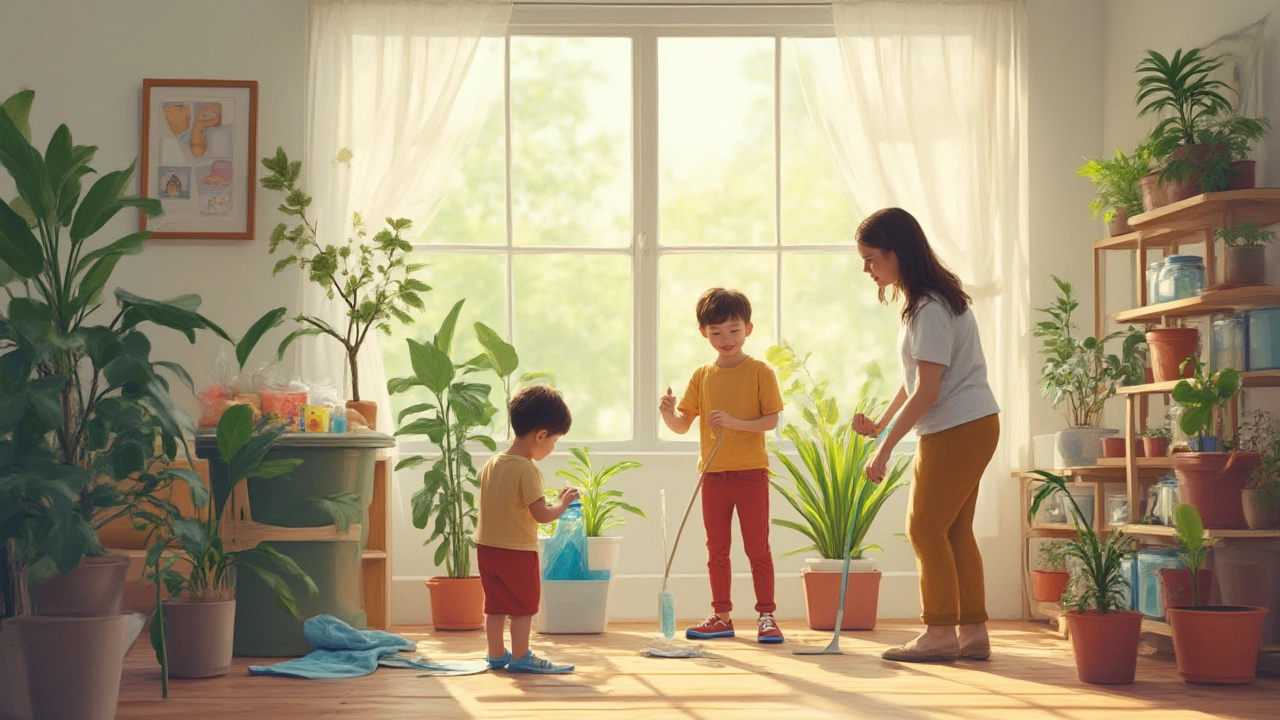Environmental Cleaning: Simple Green Ways to Keep Your Space Fresh
Ever wonder if you can get a sparkling house without hurting the environment? The answer is yes, and it’s easier than you think. By swapping a few common products for greener alternatives, you not only protect the planet but also make your home safer for kids and pets.
Why Go Green with Your Cleaning Routine
Traditional cleaners are packed with chemicals that can irritate skin, damage indoor air quality, and end up in our waterways. Switching to eco‑friendly options cuts down on those risks and often saves you money. Most green cleaners use ingredients you already have in the kitchen – vinegar, baking soda, lemon juice – so there’s little need to buy pricey specialty items.
Beyond health, an environmental cleaning approach reduces waste. Reusable microfiber cloths replace disposable paper towels, and concentrated cleaning solutions mean fewer plastic bottles end up in the trash. Over time, those small changes add up to a noticeable impact.
Everyday Eco‑Friendly Cleaning Hacks
All‑purpose spray: Mix one part white vinegar with one part water in a spray bottle. Add a few drops of your favorite essential oil for a fresh scent. This works great on countertops, bathroom tiles, and even windows.
Stubborn grease: Sprinkle baking soda on the greasy area, then spray with the vinegar mix. Let it fizz for a minute, scrub with a non‑scratch pad, and wipe clean. The chemical reaction lifts the grime without harsh detergents.
Odor‑free carpets: Sprinkle baking soda over the carpet, let it sit for 15‑20 minutes, then vacuum. It neutralizes odors naturally and leaves the fibers fresh.
Glass shine: Use a mixture of one tablespoon of cornstarch, one cup of warm water, and a splash of vinegar. Spray on glass surfaces, wipe with a microfiber cloth, and watch the streaks disappear.
Toilet bowl: Pour a cup of baking soda into the bowl, follow with a cup of vinegar. After the fizz settles, scrub with a brush and flush. It clears stains and kills germs without bleach.
If you need a stronger disinfectant, hydrogen peroxide is a good choice. It kills most bacteria and viruses, breaks down into water and oxygen, and leaves no residue.
Remember to label all your homemade cleaners and store them out of reach of children. A simple label with the mix ratio helps you stay consistent and safe.
Switching to green cleaning doesn’t mean you have to overhaul everything at once. Start with one area – maybe the kitchen – and replace the usual spray with the vinegar solution. Once you see the results, expand to other rooms.
By choosing environmentally friendly products and methods, you protect your health, your wallet, and the planet. It’s a win‑win that feels good every time you wipe down a surface.
Ready to make the change? Grab a bottle of white vinegar, a box of baking soda, and a handful of microfiber cloths. Your home will thank you, and so will Mother Earth.

Environmental Cleaning: Real-World Examples and Practical How-To Tips
Learn what environmental cleaning really means, see common examples, and steal easy tips for a cleaner, greener space at home or work.
Read More